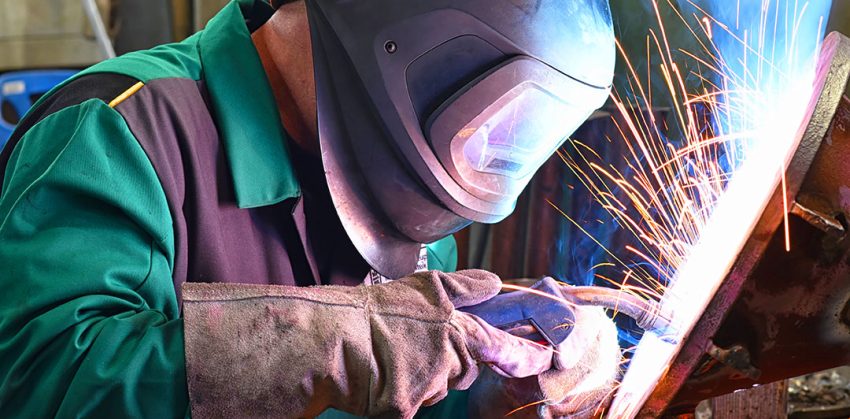
How does GMAW-AC tackle the challenges of welding thin aluminum sheets with varying root openings?
Gas Metal Arc Welding with Alternating Current (GMAW-AC) is an advanced version of the pulsed GMAW process. This article examines the performance of GMAW-AC when applied to aluminum plate welding in overlapped joints with varying root openings, comparing it to the standard direct current (DC) version and analyzing the effects of negative polarity on welding outcomes.
Arc and Wire Interactions
In GMAW-AC, the current alternates between positive and negative phases. During the positive phase, the workpiece surface acts as the cathode, while in the negative phase, the solid extension of the electrode becomes the cathode. This alternation affects the electron emission mechanisms and the formation of cathode spots.
Geometric Features of Weld Beads
As the Electrode Negative (EN) ratio increases, several changes occur in the geometric features of weld beads. The fusion depth decreases, while both reinforcement and wetting angle increase. Interestingly, these changes become less noticeable at EN ratios above 30%. In fact, ratios of 40% and 50% tend to produce similar results, which are often impractical for welding applications.
Challenges with Larger Gaps
Welding lap joints with gaps of 1.5 mm and 2.0 mm proved challenging for both GMAW-AC and GMAW-P processes. The success of welding in these conditions heavily depends on precise torch positioning, highlighting the importance of operator skill and equipment setup.
Spatter Formation
GMAW-P exhibited more spatter due to exploding metal droplets during the welding process. While GMAW-AC also experienced this phenomenon, it produced considerably less spatter, offering a cleaner welding process.
Melt-Through Prevention
GMAW-AC showed a significant advantage in preventing melt-through of thin aluminum sheets. When welding lap joints, 50% of welds produced by GMAW-P risked melt-through. In contrast, only 30% of GMAW-AC welds faced this risk, demonstrating better control over heat input.
Root Opening Performance
Both processes demonstrated similar abilities to bridge root openings up to 2.0 mm. This suggests that GMAW-AC can match the performance of GMAW-P in terms of gap-filling capability.
Heat Transfer and Fusion Depth
GMAW-AC exhibited several beneficial characteristics in terms of heat management. It showed decreased power transfer from arc to workpiece, reduced fusion depth, and less material melting on the backside of plates. These features make GMAW-AC particularly advantageous for welding thin aluminum sheets, as it provides better control over heat input and reduces the risk of perforation.
Conclusions
The study reveals that joint penetration decreases with higher EN ratios in GMAW-AC. While both GMAW-AC and GMAW-P show similar root opening bridging capabilities, GMAW-AC offers superior control in preventing plate perforation. The adjustable EN percentage in GMAW-AC provides an additional tool for managing welding challenges in thin aluminum applications, making it a versatile choice for specific welding tasks.
